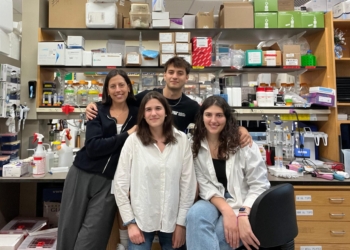Metabolic-dysfunction-associated steatotic liver disease (MASLD) is a leading cause of chronic liver disease and hepatocellular carcinoma (HCC), often associated with metabolic dysfunctions like obesity and insulin resistance. The progression from MASLD to HCC involves chronic inflammation, oxidative stress, and altered growth factor signaling, with a notable male predominance. In this context, estrogens play a protective role by reducing oxidative stress and inflammation, key drivers of MASLD progression to HCC.
Smiriglia et al. demonstrated that estrogens improve redox balance, metabolic status, and mitochondrial function in preclinical liver steatosis models, including hepatocyte-like cells derived from human embryonic stem cells exposed to clinically relevant steatotic-inducing agents. Estrogen treatment reversed the steatotic phenotype, reducing lipid droplet accumulation and oxidative stress via upregulation of mitochondrial thioredoxin 2 (TRX2), an antioxidant player regulated by the estrogen receptor. TRX2 silencing abolished estrogen’s protective effects. Importantly, these findings were validated in a retrospective RNA sequencing analysis of MASLD patient cohorts, confirming the clinical relevance of the molecular mechanisms identified. This study highlights estrogen’s potential role in mitigating MASLD progression and its transition to HCC, providing new insights into sex-related differences in liver cancer risk.
.
 Summary of the findings
Summary of the findings









